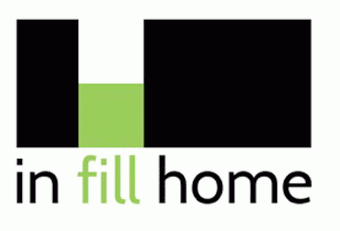Middlebury selected for 2013 Solar Decathlon

*Update, Dec. 17, 2012: The Middlebury 2013 Solar Decathlon team’s house has a new name — InSite — and a new logo. The house will continue to evolve through the development process until the start of the competition in October 2013. For the most up-to-date information, visit http://sd13.middlebury.edu/.
MIDDLEBURY, Vt. — The United States Department of Energy (DOE) announced today that Middlebury College has been selected to participate in Solar Decathlon 2013, a competition in which 20 collegiate teams from around the world design, build and operate solar-powered houses.
While in previous years the Solar Decathlon has taken place on the National Mall, this year it will be held in Orange County Great Park in Irvine, Calif. The announcement comes on the heels of Team Middlebury’s fourth place finish in Solar Decathlon 2011 last fall. Another Vermont school, Norwich University, will also take part in the 2013 competition.
“We are honored that our students will have the opportunity to represent Middlebury and the value and power of a liberal arts education in the Solar Decathlon,” said Middlebury College President Ronald D. Liebowitz. “The team defied expectations in the last competition, overcoming a lack of an engineering education to create a sustainable and efficient home. With unwavering support from the community and institution, our students will meet the challenge once more.”
Late last spring, when the 2011 team was working around the clock to install windows, craft furniture, and mount solar panels, a group of students convened to discuss the possibilities for 2013.
“After Middlebury’s success in the 2011 competition, the excitement on campus was palpable,” said senior Charlie Cotton. “While the team was reassembling the house on its final campus site, we wanted to seize the momentum and our newfound experience to make another contribution to the green building movement.”
The result is In-Fill Home, a home that will adapt and evolve to inspire healthy, resourceful living on underutilized, neglected city properties. As the name suggests, the home will “fill in” leftover urban spaces.
Senior Erik Fendik explained, “In-Fill Home does not try to reinvent the wheel. Rather, it offers an alternative approach to the widely discussed issue of suburban sprawl and strives to acknowledge the complexity of social, environmental and economic sustainability.”
More than 80 students have already pledged to join the nearly two-year effort. Several members of the 2011 team will serve as mentors, but an entirely new student leadership team will guide the project. Development of the home will be supported by a curriculum featuring courses in schematic design, systems integration, and engineering strategies for energy efficient design. As the previous team did, the current group hopes to engage local professionals — experts in sustainability, energy efficiency and green architecture — in both the design and build phases of the project.
The Solar Decathlon first occurred in 2002, with biennial competitions in 2005, 2007, 2009 and 2011. It is comprised of 10 contests designed to gauge the efficiency, livability and affordability of each home. The contests cover everything from architecture, market appeal and engineering to comfort level, appliances and home entertainment. One of the key criteria for the winning team is that each home produces as much or more energy than it consumes. On the way to its fourth place finish in 2011, Middlebury placed first in three out of the 10 contests.

